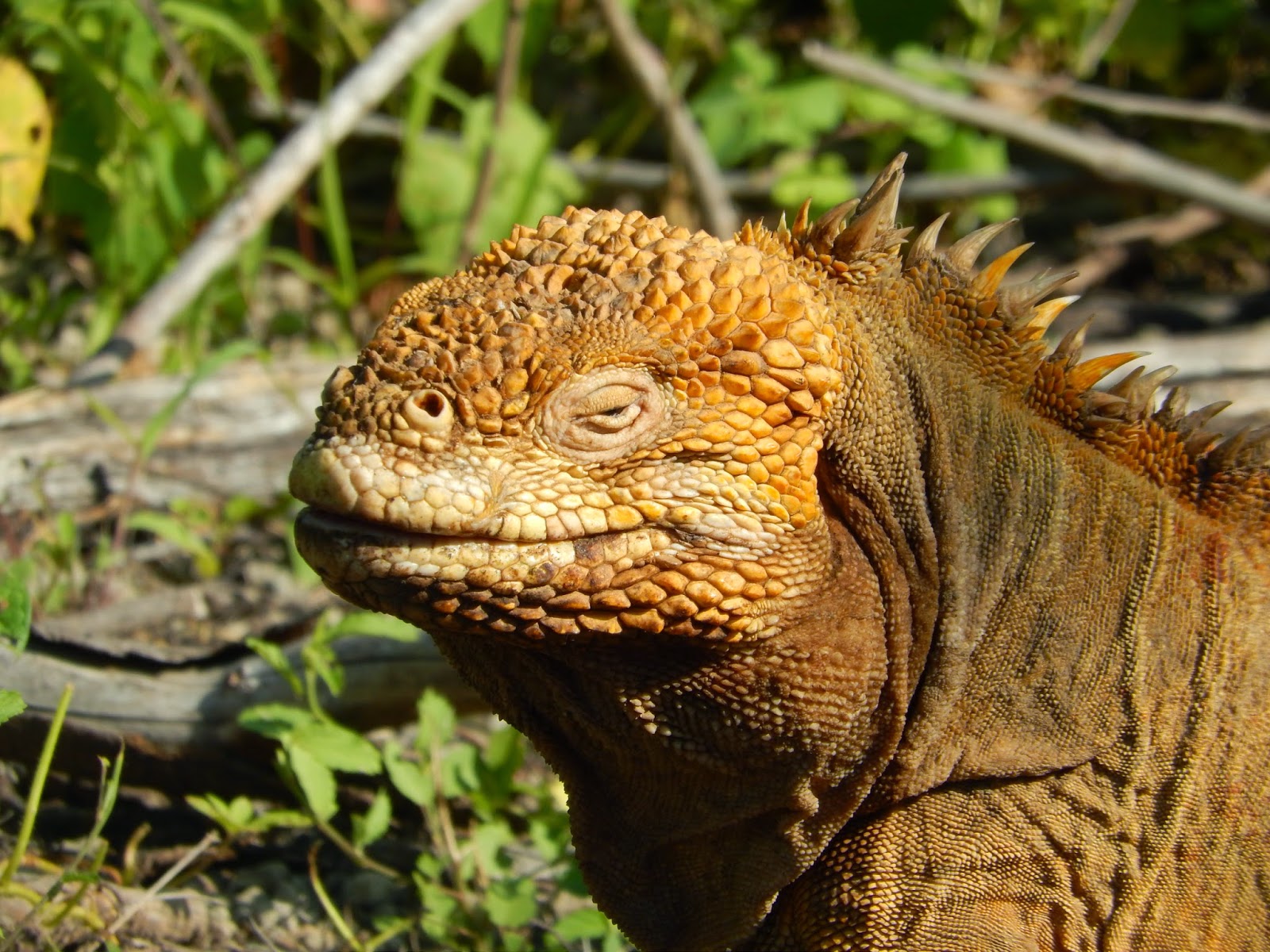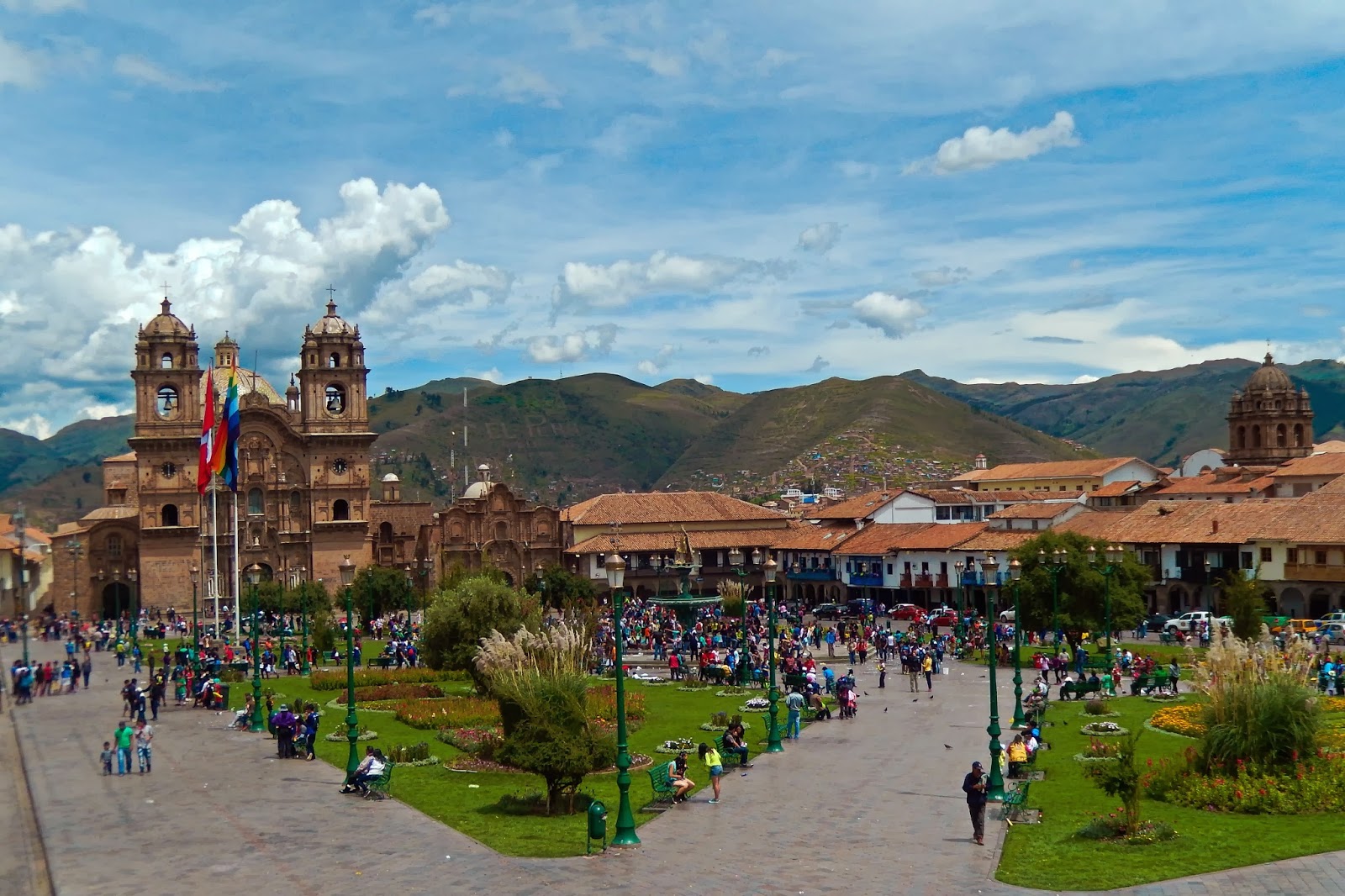With this blog post, I am trying to train my dragon. No, I am not talking about the cute land iguana from the Galapagos Islands, but rather the Dragon voice recognition software on my computer. If you have ever tried to have an intelligent conversation with Siri on your smart phone, then you know that this will not be an easy undertaking, especially with my right arm in a cast from the shoulder to my knuckles.
My last few blogs have about our very enjoyable adventures traveling in South America. However not all midlife adventures are fun, as anyone over the age of 50 probably knows by now. I have been plagued with a partially torn tendon on my right elbow for the past two years, and it got to the point where it is difficult to pull open a car door or open a jar lid, let alone do fun things like cook, snowboard, or ride a bicycle.
Therefore, after great procrastination and hesitation, I finally underwent surgery on Wednesday to reattach the tendon to my right elbow. However, like most home improvement or other projects I undertake, I always seem to underestimate the scope and complexity of the project, or in this case the pain, the lack of mobility, and my dependence on others.
Now, three days later I can say that I have turned the corner and I am feeling better. It is so nice to live in the 21st century with modern medical procedures, anesthesia, and painkillers. According to my Dragon, the definition of adventure is taking a risk in the hopes of a favorable outcome.
So far, I am optimistic about my elbow, but not so sure about the adventure of getting my Dragon--or my left hand-- trained.
My last few blogs have about our very enjoyable adventures traveling in South America. However not all midlife adventures are fun, as anyone over the age of 50 probably knows by now. I have been plagued with a partially torn tendon on my right elbow for the past two years, and it got to the point where it is difficult to pull open a car door or open a jar lid, let alone do fun things like cook, snowboard, or ride a bicycle.
Therefore, after great procrastination and hesitation, I finally underwent surgery on Wednesday to reattach the tendon to my right elbow. However, like most home improvement or other projects I undertake, I always seem to underestimate the scope and complexity of the project, or in this case the pain, the lack of mobility, and my dependence on others.
Now, three days later I can say that I have turned the corner and I am feeling better. It is so nice to live in the 21st century with modern medical procedures, anesthesia, and painkillers. According to my Dragon, the definition of adventure is taking a risk in the hopes of a favorable outcome.
So far, I am optimistic about my elbow, but not so sure about the adventure of getting my Dragon--or my left hand-- trained.


















































